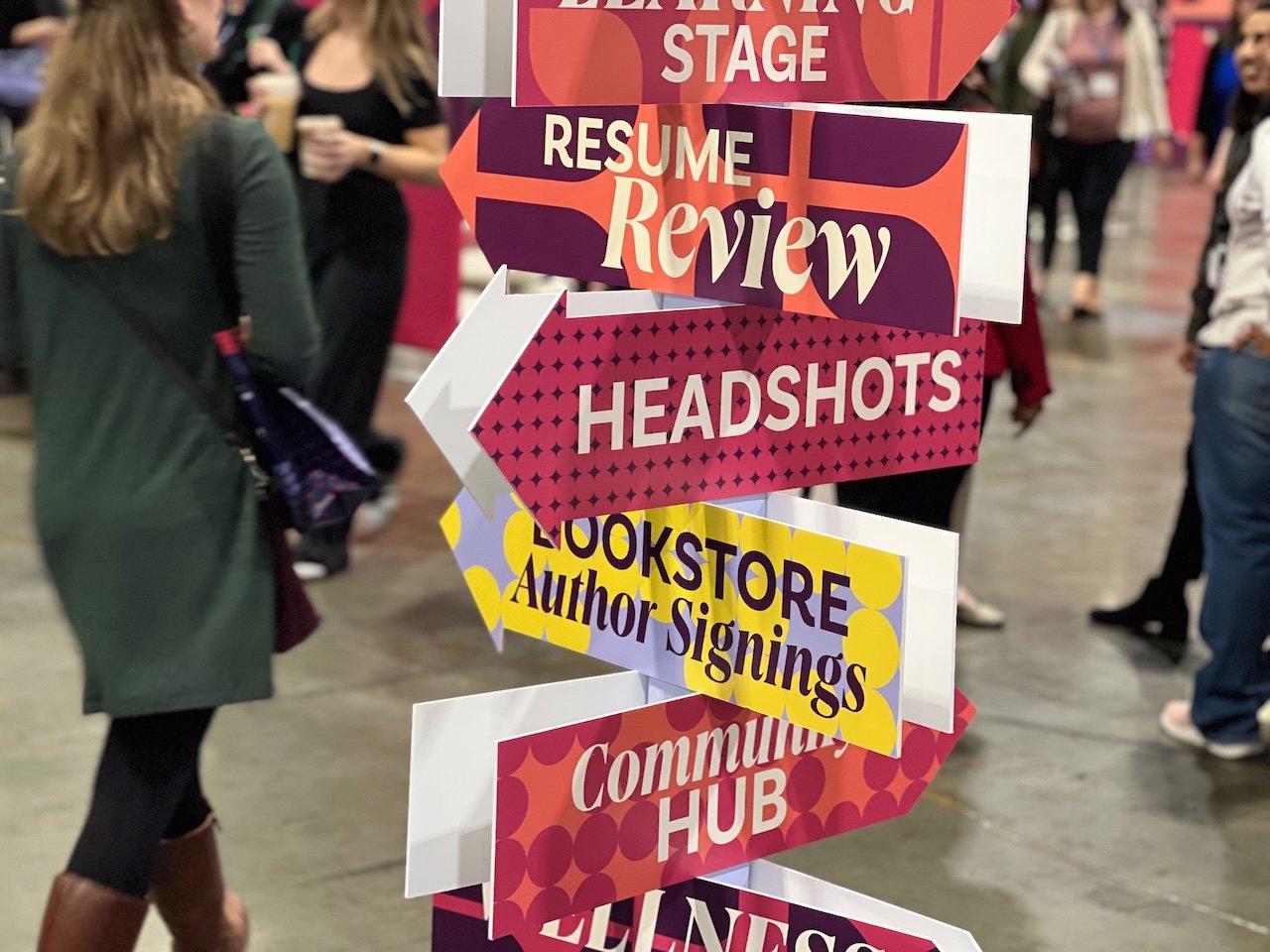Use This Small Secret to Engage Your Members
Imagine your next new member saying, “I’m going read every single email you send me and act on it—IMMEDIATELY!” Not only that, because they are reading every email, they also read each new article and research report. They attend the onboarding event and each webinar, and they become the most well-informed member you’ve ever had. (By the way, this article is NOT about email; keep reading, and I’ll explain the big strategic ‘Ah Ha’ in a minute.)
Except, we know it doesn’t work that way. The average email open rate for non-profit membership organizations as of mid-2024 is 38.56%, says Constant Contact. But, as my friend Dave Will, CEO of PropFuel, will tell you, the open rate is an inaccurate measure and not a good proxy for people who are actually reading an email. Some email systems automatically “open” emails, and others block emails from being counted. So, how many people read any given email? 30%, 20%, 10%? I’m unsure, but it is most certainly a fraction of your membership.
This brings us to the next logical yet frustrating question: Why would someone join and ignore opportunities to gain value from their investment? Well, they are busy for sure. There are other urgent priorities to attend to. It is easier not to engage (in fact, brains are hardwired to say “no.”) Yet, sometimes, members read emails.
So, can we nudge them to engage more often? Thankfully, YES!
The answer lies in micro-permissions. When they joined, registered for an event, or signed up for the newsletter, we earned permission to contact them. But we haven’t yet earned their permission to pay attention to what we are sending them. An opt-in is a legal permission, while a micro permission is the little nudge that helps members take that next crucial engaging step. It’s a tiny decision to open, read, lean in, ask a question, call you, click, scan, pause, think, learn, smile, wave, say “hi,” and read some more.
So, how do we earn micro-permissions? Let’s start by thinking through all the little decisions people make as they engage using our email example.
Many people “batch email.” In other words, they spend a block of time clearing out their inbox. What might cause them to pause their inbox scan and pick your email out of the line-up?
Send them from a trusted person – “Rebecca at AOA” (Acronym of Association) has a better chance than “Membership,” “Membership Department,” or “Info,” especially if they know that Rebecca writes a great message.
Test your snappy subject lines – constantly dream up new ones and measure them to determine what works best for your unique audience.
Great! Your name and subject line make them pause and open your email. But you’re not in the clear yet. They’ve got another micro-decision—whether to abandon the email and continue the cleanout or scan it. So first, they gauge the length and decide how long this will take.
Keep it short – long lists don’t work, but a few short sentences or paragraphs do!
It’s short enough, but is it still worth reading?
Make a great first impression – write a first sentence that captures their imagination and promises excellent value for their time. My friend, Chad Littlefield, calls this a Context Hook.
Provide a great reader experience – is the writing concise yet fun? Friendly yet valuable? How are the design, logos, images, and use of color—are they all as professional yet inviting?
And once the reader gets to that last sentence, we’ve got to earn another micro-permission, the click.
Think through the call to action – the message should lead them to one singular action.
When they click, the cycle of micro-decisions and earning micro-permissions starts over. What tiny barriers might make them abandon the call to action after they click, and how can you make it much easier for them to think, “Oh! I’m intrigued! I want to learn more.”
Let’s step back from this email example because members, attendees, volunteers, and, well, everyone really, make micro-decisions about everything, not just email, all the time. (Remember I said, “This article is NOT about email?”) Members make a bundle of micro-decisions with each step in the engagement journey: while contributing to research, reading research, attending an event, scanning an article, lurking in the community, watching social media, viewing videos, taking training, etc.
Engagement is the compilation of hundreds of micro-decisions like:
• Can I read it now or later?
• Do I ask my question or stay quiet?
• Should I crack open this research report or file it for later?
• Is it safe to participate in this thread, or should I continue to lurk?
• Can I open up and smile during this reception or melt into the background?
Anytime, anywhere, and with any-who you are trying to boost engagement, think through the entire experience. Try to identify all those micro-decisions people might make. Identify the barriers to engagement. Once you’ve seen that minor niggle, reverse engineer the experience to earn a micro-permission.
You will find that many micro-permissions add up to some enthusiastic engagement!
This article was first published in the Associations Evolve 2025 Journal. This free, AMAZING magazine is packed with the latest thinking experts from all over the association community. Download your copy here.

